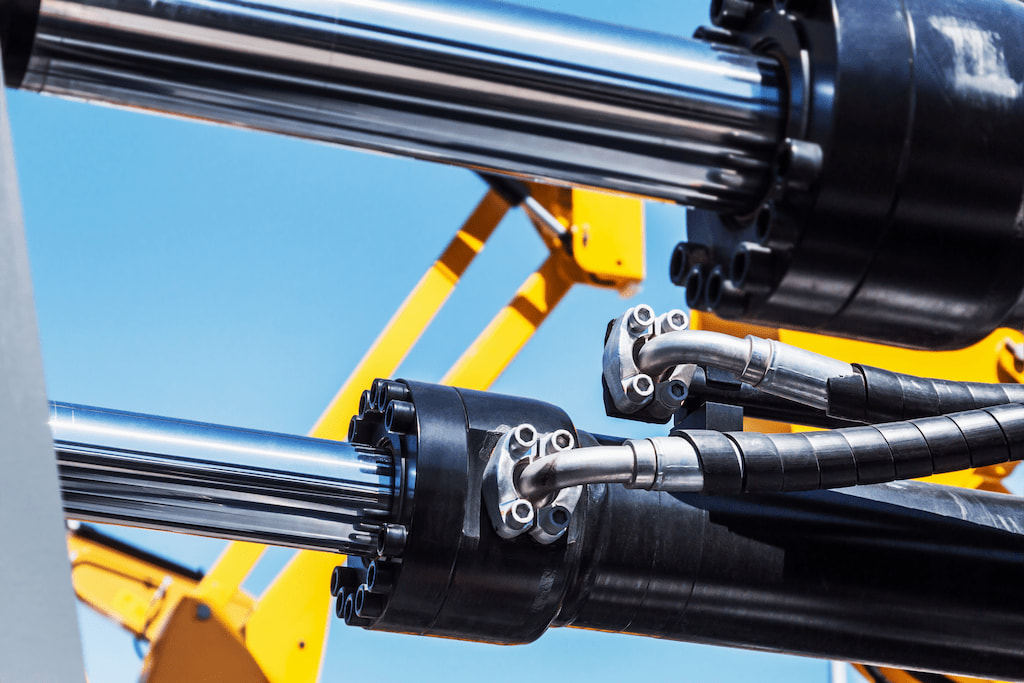How to Measure Hydraulic Cylinders
When it comes to replacing hydraulic cylinders, accurate measurement and sizing are crucial to prevent issues that may arise during the replacement process. In our latest blog, we explore what needs to be measured in your cylinder components and how to measure them correctly. Firstly, it’s important to understand which type of hydraulic…
When it comes to replacing hydraulic cylinders, accurate measurement and sizing are crucial to prevent issues that may arise during the replacement process.
In our latest blog, we explore what needs to be measured in your cylinder components and how to measure them correctly.
Firstly, it’s important to understand which type of hydraulic cylinder you are replacing, whether it is Single acting, Double acting or Displacement, to ensure an accurate cylinder replacement. Our recent blog, ‘A Guide to Hydraulic Cylinders’ will be able to support you with this.
Secondly, gather the proper tools and safety equipment required to quickly and safely record the measurements of your cylinder. Safety Equipment should include both eye protection and steel-toe footwear. Tools should include the following:
- Tape measure
- Calipers
- Thread gages or a known fitting size to check port and rod extension threads
- Other shop tools
- Remember to have something to record your measures, for example, a step-by-step form
Measure the piston diameter
The piston diameter is the inside barrel diameter, also known as the bore diameter, this diameter is the primary dimension of a hydraulic cylinder. If the cylinder is disassembled, measure either the inside diameter of the cylinder tubing or the actual piston diameter. If the cylinder is still assembled or installed, the bore diameter can be measured by using the outside diameter of the cylinder and subtracting the thickness of both tubing walls.
For example, if the outer barrel is two inches and you subtract 0.25 inches to account for each tubing wall, then the bore is equal to a 1.5 inch bore.
Measure the Rod Diameter
The next step is to measure the hydraulic cylinder rod diameter. The rod is one of the most critical parts of a cylinder because it transfers all necessary force during operation, because of this, proper measurement of the rod diameter is crucial, as it helps prevent future rod bending.
The rod itself is made of either chrome-plated steel or stainless steel and moves in and out of the cylinder. Using a micrometer or caliper, measure the thickness, as this will reveal the rod’s diameter.
Measure the Stroke
When measuring the hydraulic cylinder stroke, the goal is to find the distance that a cylinder travels. More technically, the stroke equals the extended length minus the retracted length of the rod.
If your equipment is down or non-functioning, the cylinder must be uninstalled, and then extended and retracted manually for precise measurement. If you are doing this on a cylinder that is still installed and functional, always use the manufacturer and your company’s lock-out tag-out procedures before reaching into the machine to measure the cylinder.
You may have to apply hydraulic pressure to the cylinder to extend the rod fully. The more accurate the measurement, the better. If the cylinder stroke measurement is inaccurate, the replacement cylinder cannot be installed or operated correctly.
Measure the Retracted Length of the Cylinder Rod
The retracted length is the distance between a fixed location on the cylinder and the marked location on the cylinder rod while it’s in the fully retracted position.
Measure the Extended Length of the Cylinder Rod
The extended length measurement is similar to the retracted length, firstly, extend the rod to its maximum extended position. Again, use a tape measure to find the distance between the same fixed point on the cylinder and the marked point on the rod.
Determining Rod End Style
There are many rod-end thread styles, these are Standard Male, Standard Female, and Intermediate Male.
When measuring the rod end, you will need to check the threads using a standard thread gauge and calipers. Other dimensions should be measured and noted, as well. More information on sizing can be found on the website of the British Fluid Power Association.
Determine Mounting Style
There are several methods for mounting a hydraulic cylinder. The original equipment manufacturers (OEM) vary how their cylinders are mounted. The standard mounting for industrial cylinders would be the flange mount, and the standard mounting for mobile equipment would be the pivot mount.
Identify Size and Location of Cylinder Hose Ports
Next, evaluate your existing hydraulic hose ports. The hose port is where the hydraulic lines connect to the cylinder. Without the hoses attached, your cylinder will not work. Each hose has two crimped ends with either male or female ends. The most common design features female ports on the cylinder and requires male hose crimps to be connected.
Every hydraulic port has two other important designations, including thread type and size.
If the cylinder that you have chosen is different from the thread of the hose, then an adapter can be utilized to make the correct connection.
To measure the hydraulic cylinder ports, use a thread gauge and caliper to determine the thread pitch and size. You can also use known fittings to determine thread type and size as an alternative method.
Keep Environment in Mind
External factors such as working temperature, dust contact, and corrosive materials should always be noted when measuring a hydraulic cylinder. Knowing these factors is vital for selecting the correct materials, wipers, and seals for your hydraulic cylinder.
Determine the Working Pressure
The hydraulic cylinder’s working pressure can be determined by your application and the hydraulic system the cylinder operates in. Hydraulic pumps produce a maximum pressure and can be measured at the cylinder ports or found in manufacturer manuals. Typical industrial hydraulic cylinders come in Medium Duty (up to 1500 PSI) and Heavy Duty (up to 3000 PSI).
In some cases, even higher pressure duties are required, with some as high as 10,000 PSI or more, for excavators, hydraulic presses, hydraulic jacks, and other heavy-duty equipment.
Compare to Manufacturer Drawing
The final step in the hydraulic cylinder measurement process is to compare your measurements to a manufacturer’s drawing before you order. Cylinder drawings can be configured using our manufacturer’s configuration tools, and a two-dimensional or three-dimensional drawing can be provided in most cases.
For more information on hydraulic cylinders, why not get in touch with our team? We’re here to answer any queries and support with your next project.


